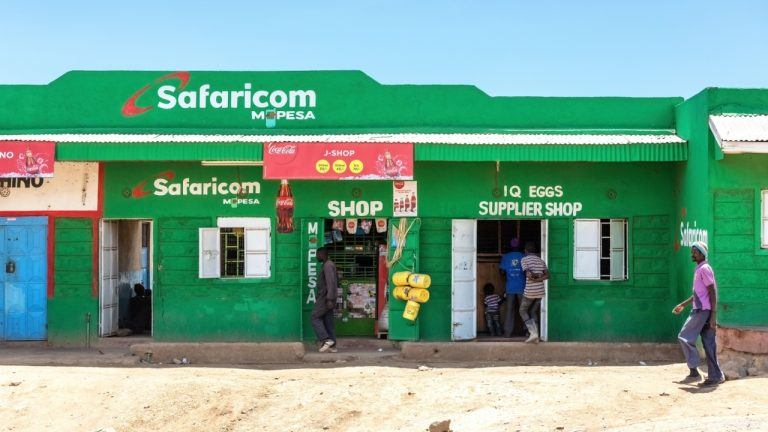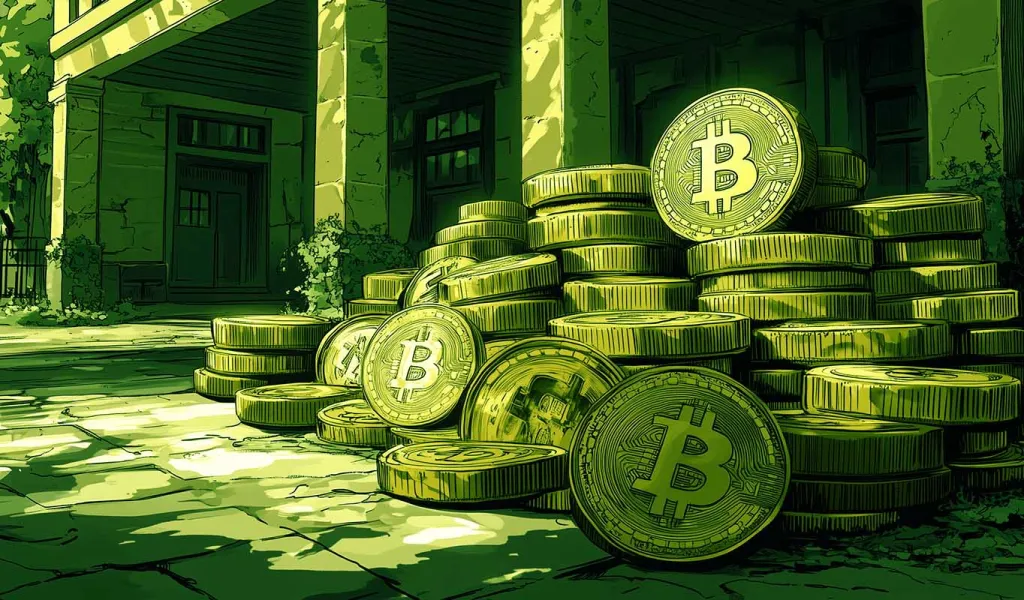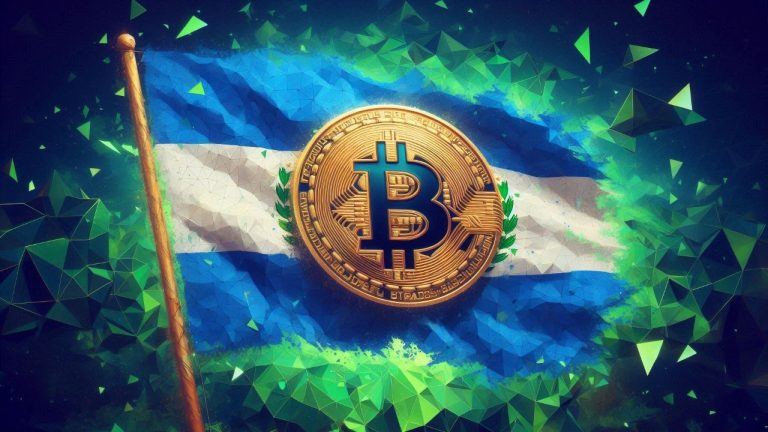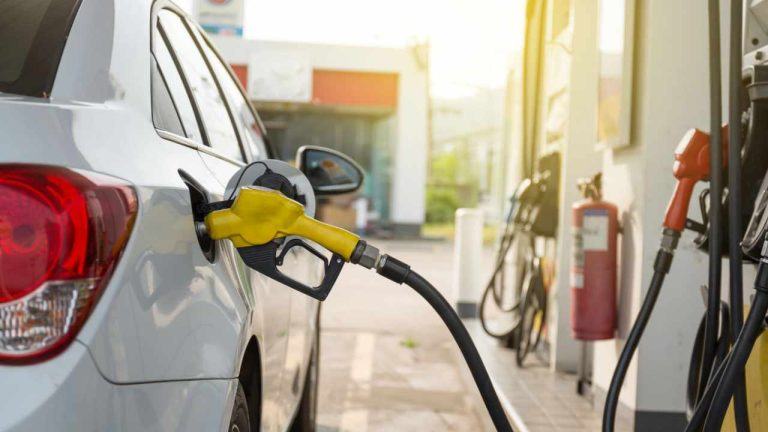
Not Everything Is Better On-Chain
HodlX Guest Post Submit Your Post
A number of on-chain transactions are at times volatile, which could also be impacted by investors selling.
Analysts are suggesting a reevaluation in price or a drastic increase in on-chain activity to rectify the metric.
However, what we are witnessing is yet another implication of a model which leans heavily on on-chain activity.
Going off-chain means that businesses can leverage existing technology stacks for more user adoption.
It would lower the entry barrier for users who are concerned about transaction fees on certain chains but still exhibit trust in the unique capabilities and reliabilities of that particular network.
For businesses, it could enhance flexible adaptive requirements that occur in the process of technology development compared to using a fully on-chain code base.
While for vendors or partners, it can help build a standard of how software engineering shall be communicated within the same framework.
Having on-chain and off-chain capabilities enhances the potential
Part of Web 3.0’s conviction is how it removes the middleman from the equation but how speedy, costly and flexible has this been for users?
Yes, there’s end-to-end encryption with security and transparency, but conducting transactions on-chain has also added a lot of complications.
For example, if the volume of transactions is high, network fees rise and each transaction incurs gas fees, which do not come cheap.
The luxury of linking fiat currency to crypto, for example, makes trading decisions easier and the point of entry less obscure.
Doing business off-chain enhances use cases of off-chain data and encourages the rise of more innovative products and services in a number of industries, including insurance, carbon emission credit, entertainment and more.
The speed of transferring from one wallet to another, for example, could also take hours before the sender can rest assured that it went to the right account.
Transactions conducted off-chain, on the other hand, are processed almost instantaneously, eliminating the anxiety of it showing up later and the exorbitant prices that come with on-chain.
As long as admission to Web 3.0 comes at such a hefty fee, arguments about accessibility will remain contradictory.
For commercial businesses, agility and flexibility is non-negotiable when it comes to design.
There are, in fact, a lot more opportunities for creativity and innovation when businesses have the option to link their smart contracts to their off-chain database.
Smart contracts have yet to reach their full potential
Soon smart contracts will evolve beyond finance and financial technology applications and cater to more day-to-day use cases since all types of assets can be tokenized and traded both on-chain and off-chain.
Examples include physical assets full or fractional ownership, renting, usage and time-sharing and intangible assets commercial rights, carbon credit or individual use.
Patients could easily access their medical records while traveling, for instance, as opposed to their medical history being housed at one hospital.
Patients’ encrypted data could be stored on a storage layer off-chain, and a blockchain layer could support the ownership of that information and put data-sharing permissions in place.
Businesses that embrace a hybrid model will also be the ones that are able to adapt to users’ constantly evolving needs.
For instance, NFT (non-fungible token) ticketing could cater to an entire region and be more user-friendly for more than one country or currency.
It could also eliminate the high gas fees from purchasing and burning the ticket and still, act as a digital deed on the smart contract if it enters the secondary economy. And the utilities don’t end there.
Brands from Nike and Adidas to Louis Vuitton are linking more and more physical products to NFTs to bring their customers more value-added benefits.
But truth be told, only when more Web 2.0 users are able to engage with these benefits seamlessly will Web 3.0 catch on.
Having said that, not everything needs to be put on smart contracts.
In an effort to remove some of the complexity on the road to Web 3.0 user adoption, projects should be encouraged to transform physical assets into digital assets off-chain through tokenization the ingredients to which is a platform and having the right systems in place.
Users could use tokens to vote or stake on the platform. Having legal and regulatory support to make actions legally binding or sync intellectual property rights with ownership rights is also important.
Web 3.0 enthusiasts shouldn’t lose sight of why we set out on this path.
Unfortunately, some are losing sight of why we began building in the first place to create real opportunities for growth.
The distribution of power, community participation, greater utilities, rewards and benefits are attributes that support this growth.
Only the projects that remain agile will be able to keep up with the relationship between Web 3.0 and on- and off-chain systems which is constantly changing and adapting to users’ needs, as it should be.
Pannathorn ‘Pan’ Lorattawut, CFA, is the CEO of VUCA Digital, the company behind the CROWN Token Project and ADOT platform, which brings digital assets like NFTs and tokens to the entertainment industry. Pan joined T&B Media Global in 2019 as chief business development officer and now oversees VUCA Digital’s digitalized assets and consulting business and T&B’s investments, fintech, digital assets, strategy and business development.
Follow Us on Twitter Facebook Telegram

Disclaimer: Opinions expressed at The Daily Hodl are not investment advice. Investors should do their due diligence before making any high-risk investments in Bitcoin, cryptocurrency or digital assets. Please be advised that your transfers and trades are at your own risk, and any loses you may incur are your responsibility. The Daily Hodl does not recommend the buying or selling of any cryptocurrencies or digital assets, nor is The Daily Hodl an investment advisor. Please note that The Daily Hodl participates in affiliate marketing.
Featured Image: Shutterstock/eliahinsomnia/Webuz
The post Not Everything Is Better On-Chain appeared first on The Daily Hodl.
Go to Source
Author: Pannathorn Lorattawut









